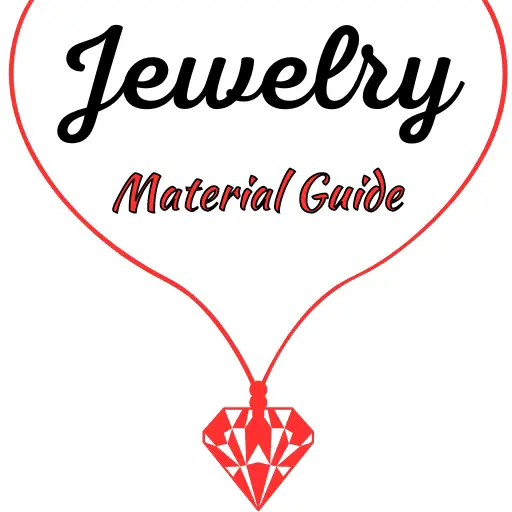Lapis lazuli may not be as impressive and sparkly as its other blue cousins – sapphire, iolite, blue spinel – but it’s definitely caught your eye. So much so that you’re wondering just what is the deal with this gemstone. Is it even a gemstone ? What’s with the gold flecks, is there actual gold in lapis lazuli ? Why is it so blue ? And can you wear it every day ?
All this and more coming right up. Lapis lazuli is really one of the prettiest minerals to contemplate when researching blue gems, and we’re here to help clear things up.

Is lapis lazuli a gemstone ?
Lapis lazuli is considered a gemstone, as it is a semi-precious mineral. Lapis lazuli is prized for its beautiful color and often used in jewelry and for ornamental, decorative purposes, despite being a type of rock.
Gemstones are usually crystals and usually translucent, but there are some notable exceptions such as organic materials (amber or pearl) or rocks that are very pleasing to the eye.
In short, if it’s beautiful, relatively durable, and can be carved or polished into different shapes, it will be considered a gemstone. Lapis lazuli is one such example. It does not carry the same prestige as a sapphire or diamond, but it’s still a gemstone.
Does lapis lazuli have gold in it ?
Lapis lazuli does not have true gold in it, instead it has tiny fragments of pyrite, also called fool’s gold. The pyrite takes its color from the interaction of iron and sulfur, and it has an overall metallic luster to it. When interspersed in lapis lazuli, it appears as flecks of gold.
Why is lapis lazuli blue ?
The blue in lapis lazuli is due to lazurite, a member of the sodalite group. It is a combination of sulfate, sulfur, and chloride and is the largest percentage of lapis lazuli in terms of weight.
Because of its amazingly intense blue color, the lazurite parts of lapis lazuli were ground into a very fine powder, called ultramarine. This was the strongest and most expensive blue pigment used during the Renaissance era. There is no more natural ultramarine, as it’s been replaced by a synthetic version since 1826.
Read also: Emerald VS Jade
Can you wear lapis lazuli every day ?
Lapis lazuli is a soft gemstone and should not be worn every day. This is because it will easily scratch and chip, leading to irreparable damage to your jewelry. Lapis lazuli has a Mohs hardness score of 5-6 out of 10. You should only wear lapis lazuli in jewelry pieces that are not going to see much damage, such as earrings or pendants.
Rings or bracelets with lapis lazuli are not a good choice as the gem will easily crack and shatter. And to make sure your gemstone has the highest chance of keeping intact, make sure you get it in a low cabochon cut for maximum security.
When wearing lapis lazuli be sure to avoid contact with water, chemicals, perfumes, lotions, and any abrasives. Make sure it is the first thing you take off, and the last thing you put on when dressing.
Is lapis lazuli expensive ?
Lapis lazuli is not an expensive gemstone at all, retailing for about $2-5 per carat. This gem does not have a color problem, as all lapis lazuli is intensely blue. Some may have more or less pyrite flacks, which dos not increase or decrease the price too much.
Lapis lazuli that is already carved into a very interesting shapes may fetch a higher price, but not by much. Overall, lapis lazuli makes for a very affordable blue gemstone if this is what you’re looking for.
Lapis lazuli is often color treated
Much of the lapis lazuli you see on the market has been color treated. This is because natural lapis lazuli is a mix of lazurite, calcite, and pyrite. The calcite can sometimes outweigh the lazurite and turn the whole rock mostly white or a very pale blue. So lapis lazuli is often dyed with synthetic ultramarine to mask the calcite.
As this rock is very porous, it readily absorbs dye and becomes a very vibrant shade of blue. To keep the dye locked in most lapis lazuli is oiled or waxed after polishing, which adds to its final shine.
Is this a bad thing ? In truth, many gemstones are treated for color, some more extensively than others. For example sapphires undergo a heat treatment to go from pale grey-blue to that deep cornflower blue, because that color intensity is incredibly rare in nature. Citrines are simply heat-treated smoky quartz and amethyst. Emeralds are often oiled and sometimes even dyed.
In short, it’s safer to assume that the gem you’re buying – no matter what the gem is – has been treated in one way or another, unless there is a certificate of authenticity stating otherwise.
Does lapis lazuli fade in sunlight ?
Yes, lapis lazuli can fade in extensive direct sunlight. The color fades to a pale bluish grey and does not return, so it’s best to keep lapis lazuli out of direct sunlight. If you were this gem during daytime every now and then it will still be fine, but it’s not fit for daily wear in very sunny areas.
The best place to keep lapis lazuli in your home is in a bright spot that has indirect sunlight, such as a few feet away from a window, just out of reach of direct sun exposure.

I’m the main author for jewelrymaterialguide.com. I started this site after we did tons of research before our wedding and noticed that there is information about rings, jewelry, and so on that is really hard to find on the internet.






